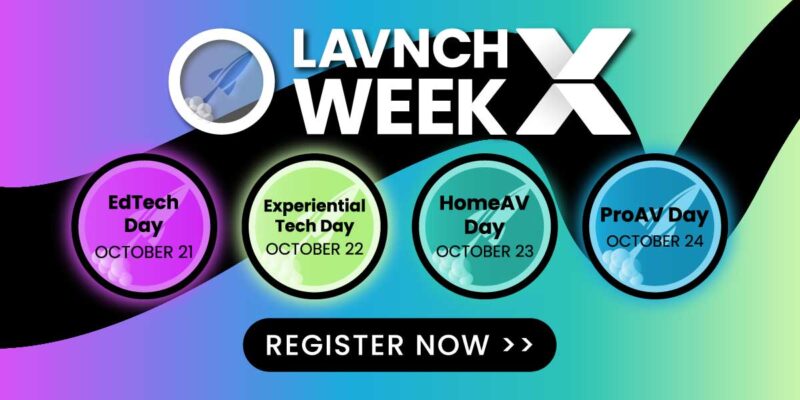Changing Landscape of Cable Television
 The landscape of cable television continues to change at a dizzying pace. In previous blogs, I have written about both the WWE Network and the striking down of the net neutrality rules. Since then, Comcast has purchased Time Warner Cable and, according to the New York Times, reached a deal with Netflix to deliver its videos more directly to Comcast customers. All this, while Netflix global subscribers continue to grow, hitting 40 million by the end of 2013. According to the previously referenced Times article, Netflix streaming is responsible for an amazing one-third of all Internet broadband traffic. Hulu meanwhile has increased to 5 million subscribers. HBO has continued to grow its HBO Go access for paying subscribers from cable companies. Recently the president came out and declared that at the moment they don’t care if you share that HBO Go access with others. Finally, while all those numbers grow, cable companies like Time Warner continue to bleed subscribers. Time Warner, for example, ended 2013 down over 800,000 subscribers.
The landscape of cable television continues to change at a dizzying pace. In previous blogs, I have written about both the WWE Network and the striking down of the net neutrality rules. Since then, Comcast has purchased Time Warner Cable and, according to the New York Times, reached a deal with Netflix to deliver its videos more directly to Comcast customers. All this, while Netflix global subscribers continue to grow, hitting 40 million by the end of 2013. According to the previously referenced Times article, Netflix streaming is responsible for an amazing one-third of all Internet broadband traffic. Hulu meanwhile has increased to 5 million subscribers. HBO has continued to grow its HBO Go access for paying subscribers from cable companies. Recently the president came out and declared that at the moment they don’t care if you share that HBO Go access with others. Finally, while all those numbers grow, cable companies like Time Warner continue to bleed subscribers. Time Warner, for example, ended 2013 down over 800,000 subscribers.
These numbers show a trend away from traditional delivery of our entertainment over the cable delivery system. If you think about it, the fact that it is taking this long is somewhat surprising. Customers of these cable companies are forced to purchase channels they don’t want and never watch. The a-la-carte cable programming is not a reality, even though it is what makes the most sense for the customers. We are held prisoners into these contracts because of one thing, the “live” programming. This is particularly pertinent for those of us who like to watch sports that typically don’t fall on the over the air channels. It also effects may who like some of the biggest TV shows of the past several years, (Breaking Bad, Sons of Anarchy, Walking Dead), with all of these shows being on cable. What is finally starting to break the backs of customers is the ridiculously high costs of cable contracts. Even with basic contracts and no premium channels, if you have a couple of televisions and want to watch HD programming, you are very quickly in the hundreds of dollars each month.
So, what is the future with all these changes happening so fast? In my opinion, we are going to see more and more programs go to companies like Netflix, Hulu Plus and Amazon Prime to sell their programing. The more times we see huge successes like House of Cards and Orange is the New Black on these new “channels” the more people will try to sell pilots to them. The growth will build on itself. I don’t predict the end of our typical broadcasting any time soon. They are just too powerful and make too much money for them to drop dead. However, as contracts (such as those with NFL, MLB and hit series) begin to expire and get renewed, I expect to see those negotiations include more streaming. One thing I will try and predict however is a premium channel, particularly HBO, to either go completely to streaming, or to allow you to be a subscriber without having a cable contract. Why? HBO, in particular, is owned by Time Warner. Time Warner has focused more and more on their broadband customers. Even with the purchase by Comcast, they may be willing to experiment with the future of delivery.
So how does this affect those of us that are technology managers, integrators and installers? Well, it is a typical refrain for me: Team up with your IT people. You can certainly stop running RG6 around your campus infrastructure. In its place you can start putting copper, copper and even more copper. Talk with your infrastructure people, in particular about bandwidth issues. Streaming video takes a lot of bandwidth, and you want to be sure to have an infrastructure to support it. That means more than just an infrastructure that is robust, it also includes an infrastructure that handles, and in cases gives priority to, streaming video. If you are an AV integration firm, you hopefully have network administrators on your staff to advise your customers, and to work with your customers network engineers.
Another very thorny issue is about copyright and permissions. I know that several colleagues of mine at other colleges have discussed their professors using streamed video in the classroom. It is my understanding that the Netflix user agreement allows you to view the videos in a private house settings. Not in a classroom. So, you need to be careful and you need to help your faculty understand the limitations. You have a copyright officer on your campus, so touch base with that person and get some understandings in place for your campus.
What are your thoughts? Is the landscape of cable television about to change? How is this going to change what we do in our classrooms and meeting spaces? Even more interesting, how does this constant drive of networked technology into our AV spaces change what we do? As always, I am very interested in your thoughts and feedback.





